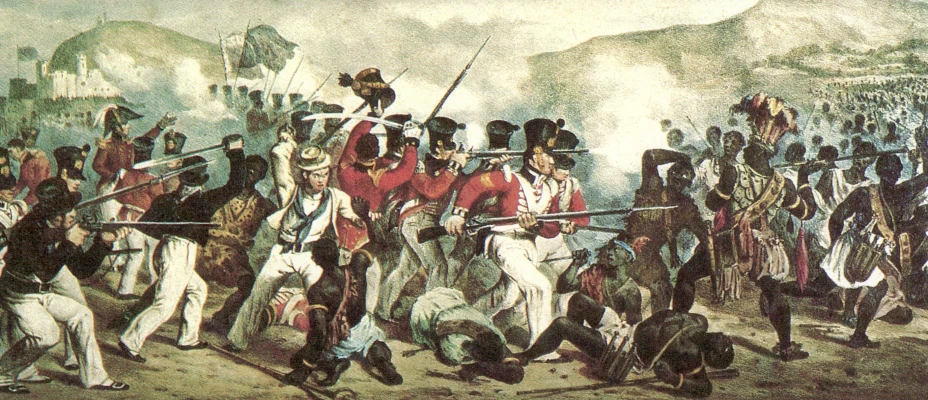Rejecting Compromise: Nkrumah’s...
November 20, 2025

The War of the Golden Stool, also recognized as the Yaa Asantewaa War, the Third Ashanti Expedition, and the Ashanti Uprising, unfolded in 1900 as part of the ongoing conflicts between the United Kingdom and the Ashanti Empire, a sovereign state in West Africa. This campaign marked a crucial episode in the turbulent relationship between the Ashanti people and the British colonial forces.
The Ashanti Empire, existing autonomously alongside the British and coastal tribes, had experienced prior conflicts with British troops. Following the British occupation of Ashanti in January 1896, tensions escalated, leading to a significant uprising in 1900. The British swiftly suppressed the rebellion, capturing the city of Kumasi and deporting the traditional Ashanti king, the Asantehene, along with his counselors. The consequence was the annexation of Ashanti, transforming it into a British Crown Colony under Chief Commissioner administration.
At the heart of the conflict was the Golden Stool, a potent symbol of governing power for the Ashanti people. British statesman David Lloyd George likened the quest for the Golden Stool to the search for the Holy Grail, emphasizing its cultural significance. The Ashanti, deeply attached to their traditions, resisted the British demand for the stool, leading to a clash of cultures and ideologies.
The catalyst for the conflict was a provocative speech delivered by Frederick Hodgson, a representative of the British government. Hodgson demanded the Golden Stool and questioned the Ashanti leaders' loyalty. His condescending remarks deepened the cultural misunderstanding, as the stool held metaphysical and spiritual importance to the Ashanti, representing the soul of their people.
In response to Hodgson's speech, Queen Mother Yaa Asantewaa I, the leader of the Ejisu dominion, rallied the Ashanti against the British. In a powerful war speech, she proclaimed the courage of the past Ashanti leaders and called upon the women to fight. Yaa Asantewaa's charismatic leadership galvanized the population, leading to a significant mobilization against the British forces.
The conflict escalated into the siege of Kumasi, where the Ashanti forces, undeterred by the fortified British position, engaged in a prolonged siege. Despite facing challenges such as low supplies and diseases, the Ashanti continued their resistance, cutting telegraph wires and blockading food supplies.
British Major James Willcocks led a rescue force that successfully relieved the fort in Kumasi, marking a turning point in the conflict. Subsequent battles and skirmishes solidified British control over the Ashanti regions. Ashanti was annexed into the British Empire, but the Ashanti maintained a degree of self-governance, resisting full deference to colonial authorities.
The war had profound consequences, costing both sides numerous lives. The Ashanti achieved their pre-war goal of protecting the Golden Stool, but several leaders, including Yaa Asantewaa, were arrested and exiled to the Seychelles for 25 years. Despite their resistance, the Ashanti eventually became part of Ghana, and Kumasi City commemorates this historical conflict with memorials.
The War of the Golden Stool is a poignant chapter in the clash between British colonialism and the cultural heritage of the Ashanti people. Yaa Asantewaa's courageous leadership and the symbolism of the Golden Stool reflect the resilience of a people determined to preserve their identity in the face of external pressures. The legacy of this conflict continues to shape the historical narrative of West Africa, emphasizing the importance of cultural understanding and respect in international relations.
November 20, 2025
November 17, 2025
November 13, 2025
November 6, 2025
November 5, 2025
November 4, 2025
October 31, 2025
October 30, 2025
October 30, 2025
October 30, 2025